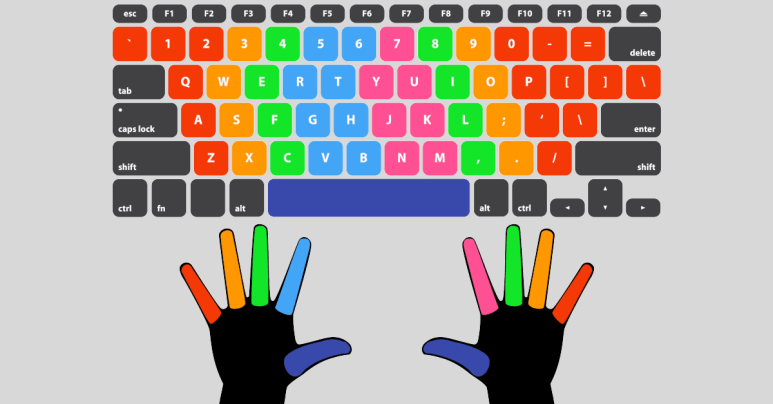Title: The Risks of Audio Recordings: A New Threat to Privacy and Security
Introduction:
In today’s digital age, audio recordings have become incredibly easy to create, whether intentionally or accidentally. This poses a significant risk to our privacy, as these recordings can capture conversations that were meant to be private or contain sensitive information. Unlike video recordings, audio recordings can be acquired more covertly, making them a preferred method for snooping. In addition, advancements in technology and cybersecurity have made it possible to extract valuable information, such as passwords, from these recordings. This article explores the dangers of audio recordings, recent research on keystroke recognition techniques, and offers suggestions on how to protect ourselves.
The Ease of Covert Audio Recordings:
Compared to video recordings, audio recordings are much easier to acquire without detection. Sound easily travels around corners, making it possible to capture conversations from a distance. For instance, a mobile phone placed on a desk can pick up sounds in a room, including those that are invisible to the phone’s camera. Similarly, a laptop microphone can record an entire room, even if people are sitting on the opposite side of the table. Furthermore, remote participants in virtual meetings can permanently record audio without the knowledge or consent of others. This raises concerns about the extent of information that can be extracted from these recordings.
Advancements in Sound-Snooping Techniques:
Advancements in microphone quality, portable storage, processing speeds, and increased cybersecurity awareness have contributed to the rise of sound-snooping techniques. A recent research paper titled “A Practical Deep Learning-Based Acoustic Side Channel Attack on Keyboards” by British computer scientists sheds light on the potential risks. The researchers achieved an impressive classification accuracy of 95% on phone-recorded laptop keystrokes. Their work stands out because it does not rely on language models, making it more effective in deciphering unstructured and pseudorandom information, such as passwords.
The Universality of Sound Signatures:
An interesting finding from the research is that the audio samples collected from a specific laptop model were applicable to other laptops with similar hardware. This means that attackers do not necessarily need physical access to a target’s laptop to train their keystroke recognition tools. As long as the hardware components are identical or similar, sound signatures can be directly applied to live recordings from different keyboards. This universality of sound signatures increases the potential risks associated with audio recordings.
Protective Measures:
Given the risks posed by audio recordings, it is essential to take proactive measures to protect our privacy and security. Here are some suggestions based on the research findings:
1. Learn touch-typing: Touch-typing is more challenging to reconstruct using sound recordings due to its speed, consistency, and energy efficiency. This makes it harder for attackers to analyze individual keystrokes and distinguish different key sounds.
2. Mix character case in passwords: Holding down the shift key before entering a keystroke and releasing it afterward makes it more difficult to isolate and match sound signatures. Therefore, incorporating a mix of uppercase and lowercase letters in passwords can enhance security.
3. Use two-factor authentication (2FA): Implementing 2FA, which requires a unique code from a separate device, adds an extra layer of security. Even if an attacker captures the audio recording, the one-time-use code mitigates the risk.
4. Avoid typing sensitive information during meetings: To minimize the risk of audio snooping, refrain from typing passwords or confidential information during virtual meetings. If locked out of a device, step away from the room briefly to log back in, introducing a time delay.
5. Mute your microphone: When participating in virtual meetings, mute your microphone when not speaking or typing. This reduces the number of keystrokes others can hear and minimizes the potential for audio snooping.
Conclusion:
The ease of audio recordings in today’s digital world poses a significant threat to privacy and security. Recent research on keystroke recognition techniques highlights the vulnerability of passwords and other confidential information. By being aware of the risks and implementing protective measures such as touch-typing, mixing character cases in passwords, using 2FA, and minimizing typing during meetings, individuals can better safeguard their privacy and prevent unauthorized access to sensitive information.
